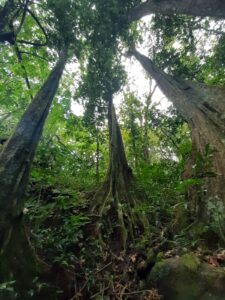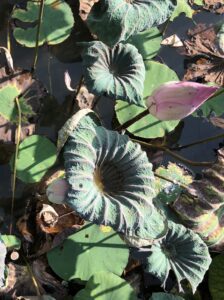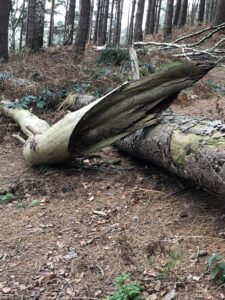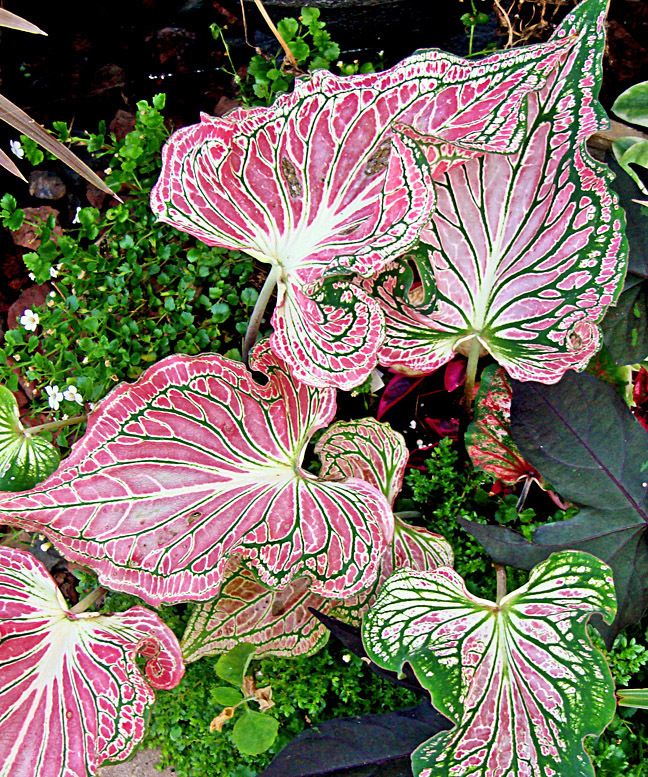“Gently drop the sense of there being an observer in your field of awareness so that: Your senses simple arise as themselves, desires are experienced without a desirer, conflicting energy is simply itself & ideas arise free of an owner”

Dear Integral Meditators,
In last weeks article I looked at the contrast between single-pointedness & field-awareness. In the article below we look at and distinguish two types of field-awareness, the basic building toward a more ‘advanced’, richer, but also more minimal position.
Quick heads-up; as well as this months Monthly Qi Gong & Taoist Breathwork Clinic & Mini-retreat, I’ll also be doing a full-day Taoist Breathwork Day Meditation Retreat on June 24th.
In the spirit of dropping the observer,
Toby
Watching, then dropping the watcher
This short article explains a way to progress in your witnessing and observing meditation. It aims to show you how to go from holding the position of the observer to then forgetting the observer and simply being that which arises, with no self observing.
These two stages are encapsulated quite nicely by this quote from the Hua Hu Ching chapter Ten (Brian Walker translation):
“Let the senses go.
Let desires go.
Let conflicts go.
Let ideas go.
Let the fiction of life & death go.
Just remain in the centre, watching…
And then forget you are there”
In the first part we set up our basic observation position; letting go of explicit identification with our desires, conflicts, ideas, senses and so on, and simply watching them come and go. There can be movement, even plenty of movement within our awareness, but we are still meditating as long as we are holding this central observation position. As things get calmer, we can also be watching the inner space of our consciousness, like watching clear sky gradually emerge from clouds.
The first stage is a meditation in and of itself, but once we have a certain degree of competency, you can then ‘forget you are there’. What this means is you gently drop the sense of there being an observer in our field of awareness so that:
- Your senses arise as themselves
- Desires are experienced without a desirer
- Conflicting energy is simply itself
- Ideas arise free of an owner
This is quite a radically different way of experiencing consciousness. In everyday awareness there is always a sense of observer and observed, possessor and possessed, event and the experiencer of the event. By dropping the observer, we move into a unitive, singular or non-dual state, where the subject-object divide within our mind collapses. We experience things directly, without an ‘I’ getting in the way, interfering or judging. With this experience we can then move quite rapidly and effortlessly into deeper meditation, as the main obstacle to that (the self!) drops away and stops getting in the way.
A final quote from the musician Deuter on this process that illustrates the experience quite nicely:
“We sit together, the mountain & me,
Until only the mountain remains”
This is a meditation you can do informally when you travel, when resting or spending time with yourself. Sitting meditation is only a part of it, and it really comes into its own when we play with it in daily life.
Related article: Dropping the self &
Integrating field awareness & single-pointedness in daily life
© Toby Ouvry 2023, you are welcome to use or share this article, but please cite Toby as the source and include reference to his website www.tobyouvry.com
All upcoming classes and workshops at IMA:
Ongoing – Weekly Tuesday, Wednesday Online class schedule
Ongoing on Wednesday’s, 7.30-8.30pm – Wednesday Meditation for stress transformation and positive energy with Toby (Bukit Timah)
Ongoing on Tuesday evenings, 7.30-8.30pm – Tuesday Meditation for stress transformation and positive energy with Toby (East Coast)
Ongoing Tues/Weds, 7.30-8.30pm – Meditations for thriving and energy creation – An eight week course
Tues 30th/Weds 31st May – Wesak meditation
Saturday May 27th, 9.30-11.30am – Monthly Qi Gong & Taoist Breathwork Clinic & Mini-retreat
Saturday June 24th, 9.00am-5pm – Taoist Breathwork Day Meditation Retreat
Integral Meditation Asia
Online Courses * 1:1 Coaching * Books * Live Workshops * Corporate Mindfulness Training *Life-Coaching * Meditation Technology
 Dear Integral Meditators,
Dear Integral Meditators,


 Dear Integral Meditators,
Dear Integral Meditators,


 Dear Integral Meditators,
Dear Integral Meditators,




 The Pattern of Meditation
The Pattern of Meditation
 Stopping Painful Feelings Becoming Emotional Suffering
Stopping Painful Feelings Becoming Emotional Suffering Finding Permanence Within the Impermanent and Fulfillment Within the Dissatisfying
Finding Permanence Within the Impermanent and Fulfillment Within the Dissatisfying